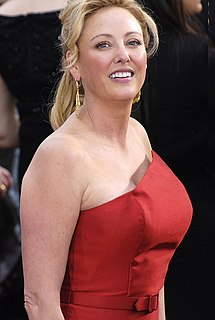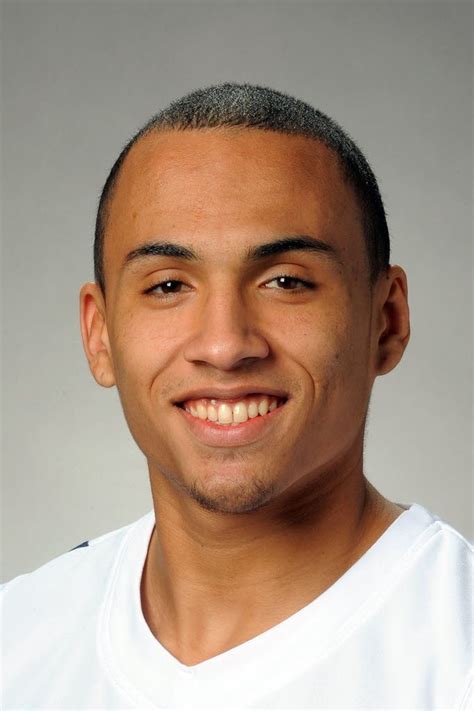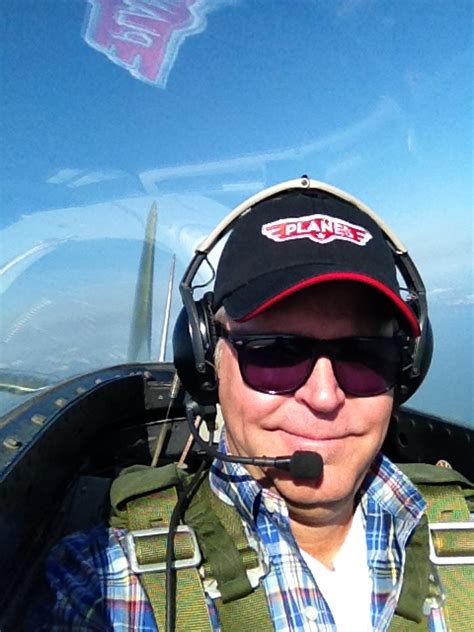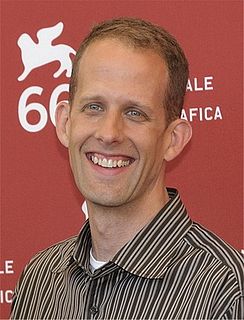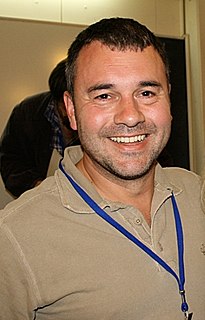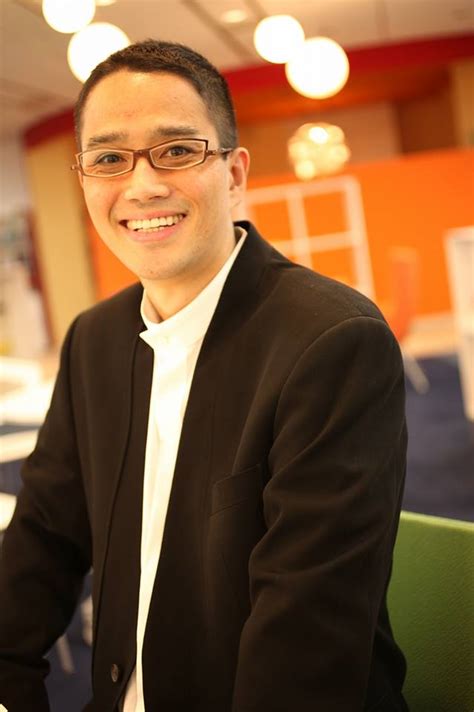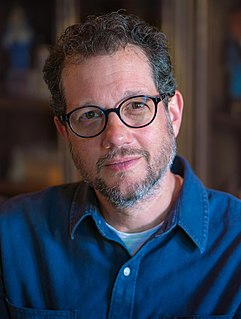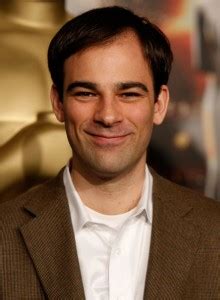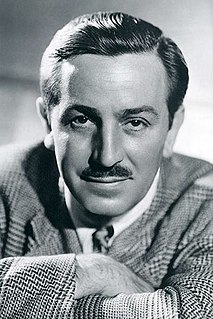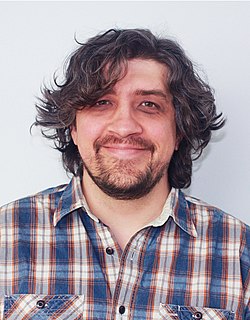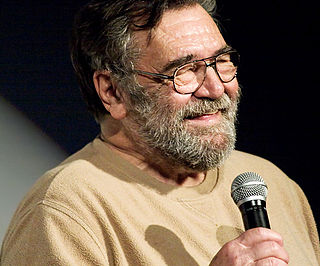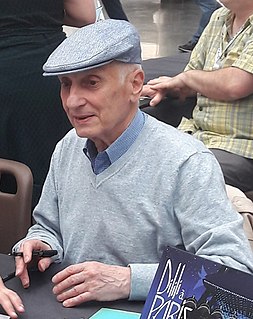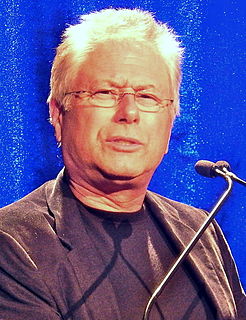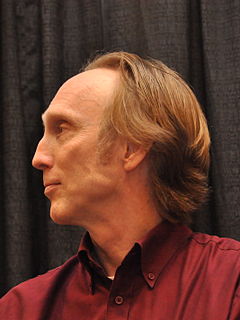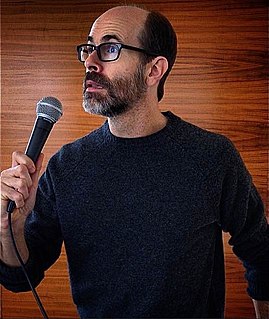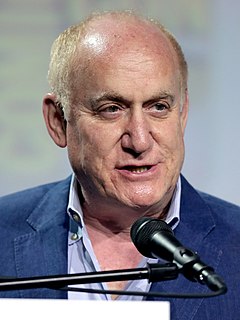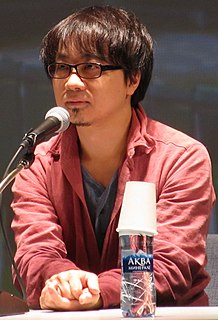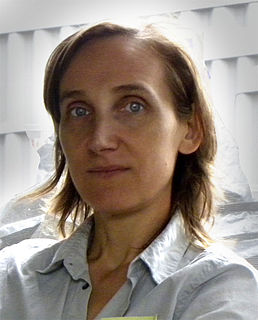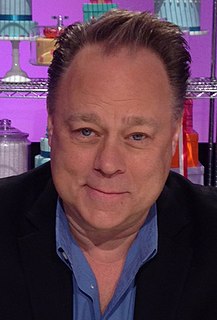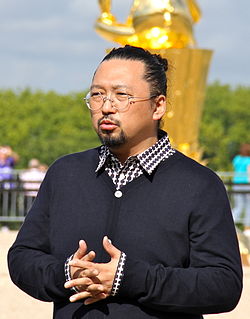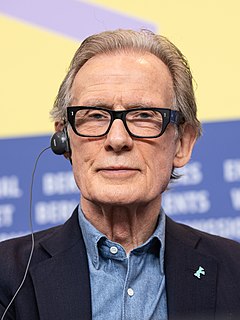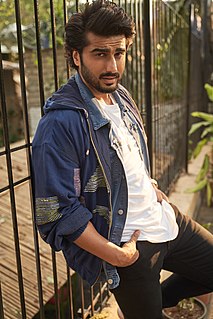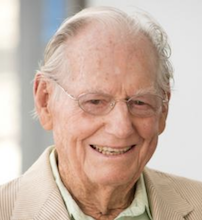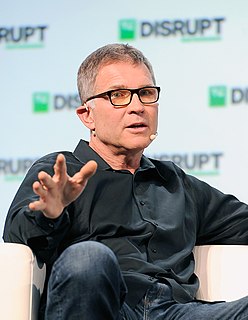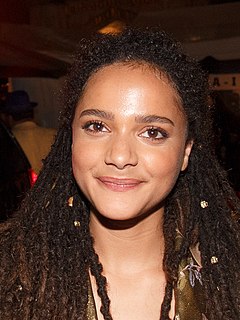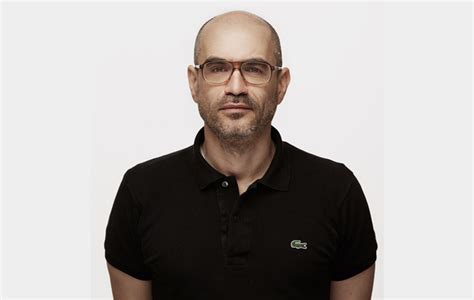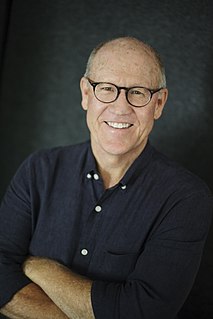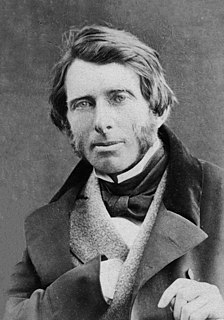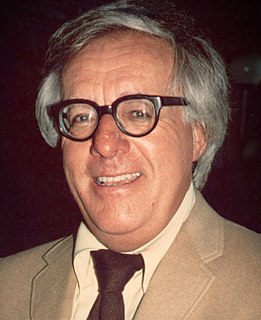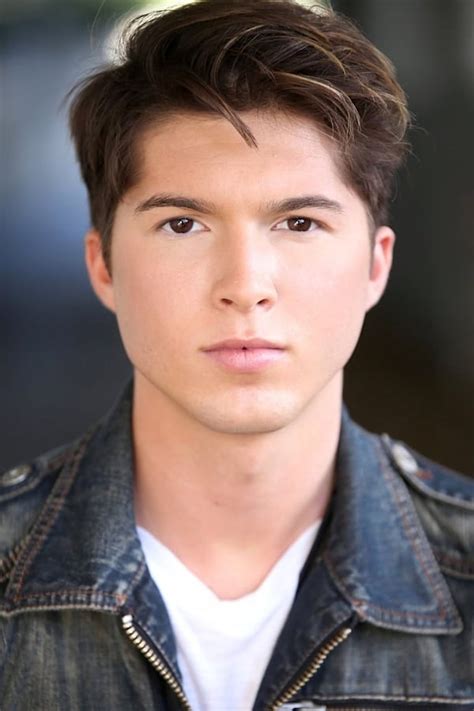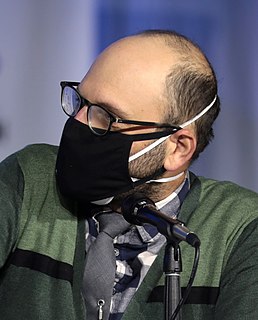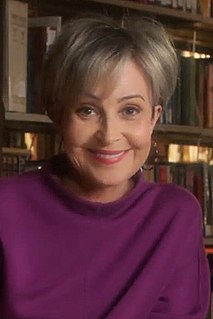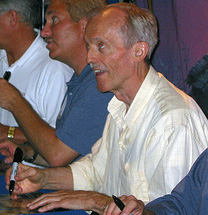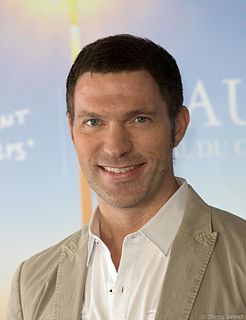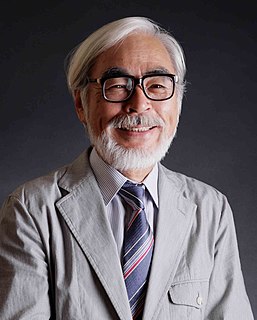Top 736 Animation Quotes & Sayings - Page 10
Explore popular Animation quotes.
Last updated on April 22, 2025.
What happens in animation is that you don't really start the story until you're boarding it, which usually means that you've gotta go through some sort of a script phase. And you can get caught in the doldrums there, overdeveloping that, when you don't really know what you have until you put it up in storyboards.
Walking in stop-motion animation is probably the most difficult thing you can do... The way that they have these puppets connect to the set is they actually drill a hole in the set, and they put a threaded rod up through that hole and screw it into the bottom of their foot, and that keeps them in place.
The biggest problem in countries that don't have a tradition in animation or a film industry, is that precisely, that it's not an industrial activity as it is in Hollywood where there are clear production procedures. Because of this we all become snipers making our films any way we can and crossing our fingers to get distribution so people can see them.
In animation, there's not a medium I believe that's more collaborative. It is a team of people, of different disciplines, coming together. The decisions are made by consensus in many cases. My job as a director is to exercise the best judgement I can in terms of which decision is the best one to make for the movie.
From an animation perspective, it doesn't get better than Pixar. You're working so much in the blind because the huge circle of collaborators that's required to pull off a film like this means that you are just one small arc in that large circle. The level of trust that you have to give into is significant.
I think, in Japan, animation isn't relegated to being a genre unto itself. It's just a medium by which you can tell any number of stories, be it horror or action or adventure or drama or whatever, and we're trying to do that as well. Every film that you go see from Pixar, we're hoping is a little bit of a surprise.
As animation directors, you're the first one on the film; you're the last one off, and you get to learn from and touch every department throughout the whole journey. I don't know any other job in the world that's like that. I don't think live-action is like that. It's a very different sort of experience.
If [hand-drawn animation] is a dying craft, we can't do anything about it. Civilization moves on. Where are all the fresco painters now? Where are the landscape artists? What are they doing now? The world is changing. I have been very fortunate to be able to do the same job for 40 years. That's rare in any era.
